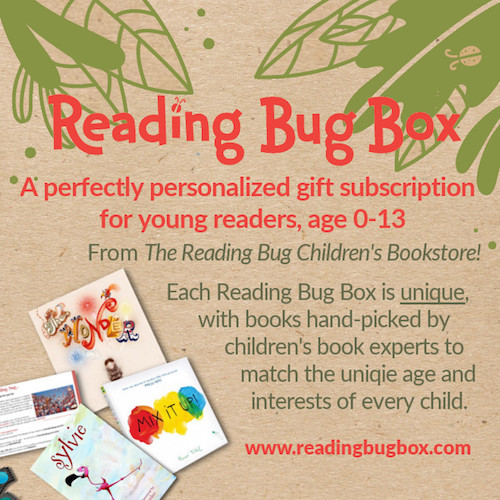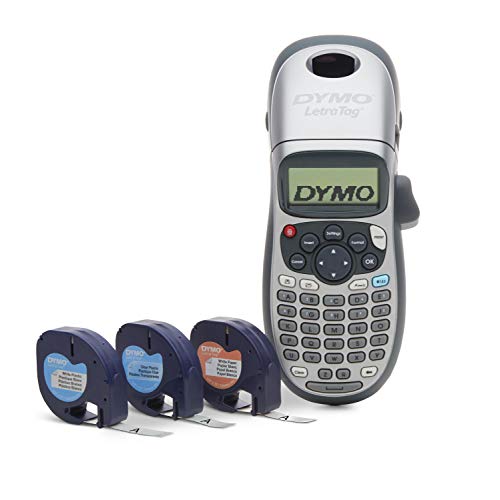4 tips every homeschool parent needs
4 tips every homeschool parent needs
Homeschooling is a great way to give your child a head start on the educational journey. It's also a great way to get to know each other in a whole new way—you'll find that you can communicate with your child in ways that are different from when they were younger. But there are challenges as well: You might be nervous about how another year of school will impact your family and you may not feel completely confident teaching all subjects yourself. If any of these problems sound familiar, then read on! Here are five tips every homeschool parent needs:
Get to know your state's regulations.
The laws that regulate homeschooling can vary greatly from state to state. While some states have no specific requirements, others may require attendance at a certain number of hours per day, testing and/or portfolio reviews, or even background checks on the parents who choose to homeschool their children. You'll want to check with your local education board for any additional information about requirements in your area.
Be honest about your skills and abilities.
You will need to learn a lot of new things in order to homeschool your child. As you gain experience, you will become more confident in your abilities as a teacher, but this can take some time! It helps to keep in mind that there are so many resources out there for parents who are new at homeschooling—you don't have to figure it all out yourself!
Be flexible if you can
Flexibility is key when homeschooling. Your child may not be interested in working today or may get frustrated with their work and need a break. This is normal! Just give them some space and try again tomorrow (or later on today if possible). If they start crying because they're frustrated or upset, acknowledge how hard it must be for them right now and then let them know that it's okay if they want another day off tomorrow instead of finishing the work they started today so that they can rest up before picking up where they left off. They'll appreciate knowing their needs are being met while still accomplishing what needs doing today. As a parent and as an educator, flexibility is important. It's especially true in homeschooling.
You'll need to be flexible in your teaching styles and lesson plans if you want to teach your kids effectively (and enjoyably). You'll also need to be flexible when it comes to what your kids are learning—your family's unique needs can't be met by one curriculum or education plan alone.
Join up with other homeschooling parents.
Join up with other homeschooling parents. You’re not alone in this, and you might be surprised by the things that you can learn from those around you. If there are no groups or co-ops in your area, then take a look online at Facebook groups or online forums—you might be able to find someone willing to meet for coffee or even start an online group yourself! As always, though: proceed with caution. Not everyone is going to have the same opinions as you do about homeschooling and parenting styles (or anything else).
I hope that these tips have given you some inspiration for your own homeschooling journey.
Julia
Traveling with children
This post contains affiliate links. If you use these links to buy something I may earn a commission. Thanks.Babies
Bring lots of wipes and diapers. pacifiers, sofie the giraffe . Bring a zip lock bag for poop-spolisons. Also dress you child in clothes that you don’t mind throwing out like a stained onesies or a cheap sleeper, it will also double to keep messes more contained.
I have a therapy called the murphyslaw of poopslosion . your baby/toddler will have a blow out on your flight at a very inconvenient time. I swear the pressure change does something to their bowels. Ive flow a lot with my kids as babies and every ding dang flight there was some sort of poo disaster.
Also don’t change your child in the seat or hand an unwrapped dirty diaper to the flight attendant or heaven forbid leave it in the seat back pocket.
Baby carrier like a Tula is great especially if you are traveling with multiple children or by yourself with a baby. Also I swear by the GB pocket stroller, YOU DON’T HAVE TO CHECK IT AT THE GATE! It is so tiny. Its so light. Its good up to 50lbs it’s the best investment for traveling families I loved ours.
Toddlers
Things to pack Painters tape or Washi Tape, Window Clings, Fidgets, SNACKS, lots of snacks, special snacks, dry snacks. put in ziplocks because the original big bags that are that mylar material will cause TSA to flag it for further screening.
Again bring a change of clothes, even if they are potty trained. Extra wipes, handsaniziter.
Activity ideas
Washi Tape and Hot wheels cars to make tracks on the tray table.
Window clings are easy to play with on tray tables or windows. The invisible ink pads are great for keeping coloring messes contained.
Kids
Snacks. Refilable water bottle bring it empty then fill at the airport. I used to try to keep my kids off screens during flight but this last trip they played Best Fiends on kindle tablets and listen to audio books . I also like to include a sticker book and a new audio book.
For the parents
Snacks. If you have a baby or toddler a change of clothes for you or layer your shirt so if you get something gross you can chuck a layer. Ziplock bags are helpful for trash or for accidents. Wet ones or lysol wipes. Also Starbucks has order a head at the air port so you don’t have to wait inline with your kids.
I can’t stress enough snacks and water bottles. there’s been some difficulties in air travel right now and its so important to have access to water and food incase you get stuck on the tarmac or delayed and the air port runs out of food (its happened to me).
Also book the earliest flight of the day they tend to be on time if not early. Waking up at 3 am stinks but its better than having your vacation stuck at an airport.
Share your travel tips below in the comments.
-Julia
Subscription box round up and review
I haven’t been compensated for these reviews, we have either purchased them or we received them through my children’s charter school. There are some referral links in this blog that I might be compensated for linking.
Owl Crate
This is my favorite book subscription we have tried. Everything is high quality the books are great
you can get 15% off your new subscription plan or gift fromOwl Crate or Owl Crate jr with my code HIVE15
Craft and Boogie
I love Craft and Boogie they have totally unique box centered around family. Great little crafts and recipes.
They have given me a great code for my readers enjoy 25% off your Craft and Boogie subscription using this code. HUMBLEHIVE for 25% off the first box here.
Kiwi Crate
We have tried most of the boxes that the Kiwi Crate brand offers from the time my kids were little to now at age 6 and 10 they are a great addition to our homeschool. The Atlas crates are great for social studies. I love all the STEAM, and art options.
Reading Bug Box
This is a newer to us box it is pretty straight forward as far as what you get, its book they do an excellent job of picking books.
Tell me your favorite subscription box in the comments.
Julia
Homeschool Must Haves
This post contains affiliate links. If you use these links to buy something I may earn a commission. Thanks.
Here are my end all and be alls of homeschooling .
I love to treat my self to new pens these are a favorite
Gritty Gardening: 10 Tips for make your garden more productive
Use Locally Sourced seeds or plants.
Save your own seeds, trade seeds with friends, buy from a local nursery.
Companion Planting
There are lots of plants do great together. Basil and Tomatoes, Tomatoes and carrots, squash and nastruims, marigolds and tomatoes. There are lots of great companion planting ideas.
Cover your garden when not in use
I use black plastic or pool lines to keep the weeds away in spots of my garden that aren’t in use.
Only plant things you like to eat.
If you don’t like it don’t grow it!
Set a daily reminder to weed for 30 minutes every day.
Doing a little bit everyday makes it a lot more manageable.
Use mulch or wood chips.
This will help keep the weeds away. There are lots of places to find free wood chips.
Use worms to compost or buy worm castings to nourish your garden.
This is a great safe way to nourish your plants.
Prune to promote growth.
By pruning indeterminate tomatoes and other plants like basil and peppers, it improves fruit production by removing extra growth that diverts energy away from developing fruits. It brings energy back to the fruits and reduces shading, which will help fruits mature.
Cull Hard.
If your squash plants have been over taken by squash bugs, pull them out, toss them. If the plant is fried from the sun compost it. Don’t waste time and energy on something that is dying. Re sow put something else in there, don’t waste space on stuff that won’t produce. You will be so much happier with your results.
Wash and Shake out your veggies in the garden.
Keep that soil you’ve created IN the garden and your sink and pipes will thank you for keeping the dirt where it belongs.
Leave you favorite tips below in the comments.


























